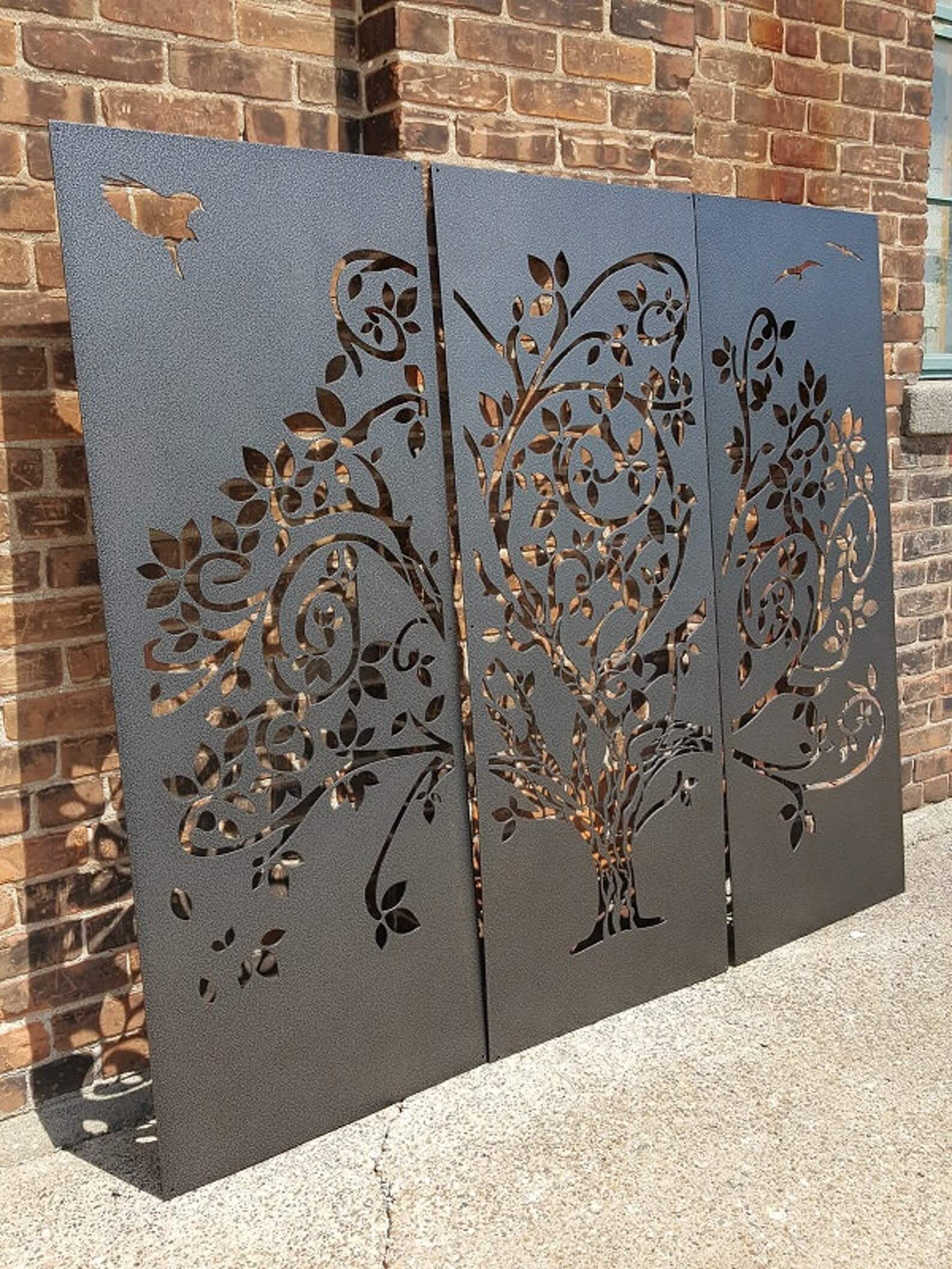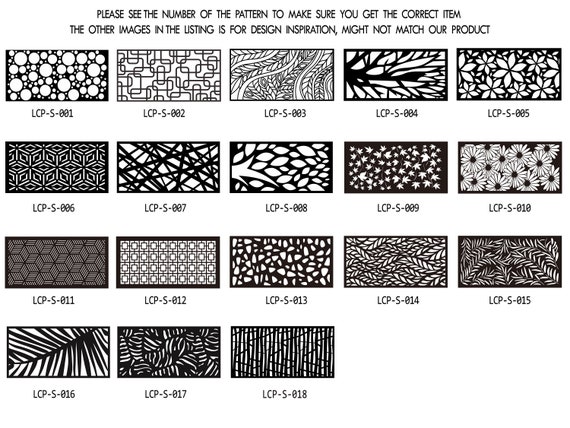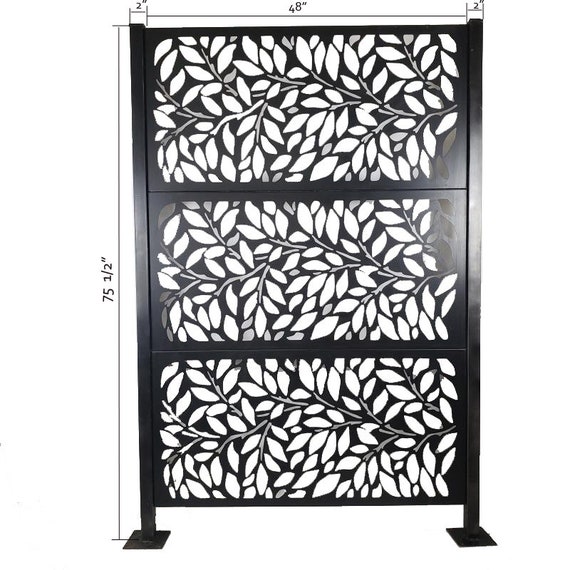Decorative steel panels have increasingly become a favored material in architecture and interior design. With their unique aesthetic appeal and versatile functionality, they can transform any space into a stylish haven. As someone who has worked with various decorative materials over the years, I’ve found steel panels to be remarkably effective in blending design with durability. In this comprehensive guide, we’ll delve into the types, applications, pros and cons, and maintenance of decorative steel panels.
What Are Decorative Steel Panels?
Decorative steel panels are fabricated sheets of steel that are designed to serve both functional and aesthetic purposes. They come in a variety of finishes, colors, and patterns, making them adaptable to numerous design styles.
Key Characteristics of Decorative Steel Panels
- Durability: Steel is resistant to corrosion, weathering, and wear, making these panels a long-lasting choice.
- Versatility: Available in various designs and finishes to fit any theme from industrial to modern chic.
- Ease of Maintenance: Most panels are easy to clean and maintain, requiring minimal effort to keep them looking pristine.
Types of Decorative Steel Panels
There are several types of decorative steel panels available, each serving different aesthetic and functional needs:
1. Perforated Steel Panels
Perforated panels feature holes or cutouts in various patterns that allow for airflow and light penetration. They are perfect for projects requiring ventilation without sacrificing design.

2. Engraved Steel Panels
These panels are engraved with intricate designs that add a touch of sophistication. They are often used in commercial spaces to create stunning focal points.
3. Coated Steel Panels
Coated panels are finished with a protective layer to enhance durability and aesthetic appeal. Available in a wide range of colors, they can complement various architectural styles.

4. Textured Steel Panels
These panels are created with various textures, adding depth and character to walls or surfaces. They can range from smooth to rough finishes.
Applications of Decorative Steel Panels
Decorative steel panels can be employed in various settings:

1. Residential Use
In homes, decorative steel panels can enhance interiors, feature walls, and outdoor spaces. They are excellent for creating modern looks in kitchens and living areas.
2. Commercial Use
Businesses use these panels for branding, storefronts, and interior features. Their durability makes them ideal for high-traffic areas.

3. Public Spaces
Parks, malls, and public buildings often feature decorative steel panels in artistic installations, signage, and functional structures.
Advantages of Decorative Steel Panels
There are many benefits to using decorative steel panels in your design projects:

1. Aesthetic Appeal
Decorative steel panels can enhance the aesthetic value of any space, offering a contemporary look that appeals to many tastes.
2. Cost-Effectiveness
While initial investments may be higher than traditional materials, their longevity and low maintenance make them a cost-effective choice in the long run.

3. Eco-Friendly Options
Many manufacturers offer recycled steel options, making decorative steel panels an environmentally friendly choice for eco-conscious consumers.
Disadvantages of Decorative Steel Panels
Despite their advantages, there are some drawbacks to consider:
1. Heat Conduction
Steel can conduct heat, which may lead to increased temperatures in enclosed spaces unless properly insulated.
2. Initial Cost
The cost of decorative steel panels can be higher than alternative materials, potentially limiting access for budget-conscious projects.
How to Choose the Right Decorative Steel Panels
When selecting decorative steel panels, consider the following factors:
1. Purpose and Location
Define the intended use and location. For example, perforated panels work well for outdoor features to ensure ventilation, while engraved panels are better suited for indoor use.
2. Design Style
Ensure the panels complement your overall design scheme. Consider color, texture, and patterns that align with your vision.
3. Maintenance Requirements
Be aware of the maintenance needs based on the panel finish. Some finishes may require more frequent cleaning or special care.
Installation Process for Decorative Steel Panels
Installing decorative steel panels can be straightforward, but it’s essential to follow best practices:
1. Preparation
Measure the area accurately and prepare the surface to ensure proper adhesion and fit.
2. Tools for Installation
Common tools needed include a drill, level, measuring tape, and safety gear. Ensure you have all necessary materials before beginning.
3. Step-by-Step Installation
Follow the manufacturer’s instructions for installation. Typically, this involves securing the panels with appropriate fasteners and ensuring they are level.
Maintenance Tips for Decorative Steel Panels
To keep your decorative steel panels looking their best, maintain them with these tips:
1. Regular Cleaning
Wipe panels with a soft cloth and mild detergent to remove dust and grime. Avoid abrasive cleaners that can scratch the surface.
2. Inspect for Damage
Regularly check for signs of wear or damage. Address issues promptly to prevent deterioration.
3. Protect Against Corrosion
Apply a protective coating if necessary, especially in outdoor applications where panels may be exposed to moisture.
Comparison Table of Different Types of Decorative Steel Panels
| Type | Aesthetic Appeal | Ventilation | Durability | Cost |
|---|---|---|---|---|
| Perforated | Moderate | High | High | $$ |
| Engraved | High | Low | High | $$$ |
| Coated | High | Low | High | $$ |
| Textured | Very High | Low | High | $$$ |
Frequently Asked Questions (FAQs)
1. What are the best uses for decorative steel panels?
Decorative steel panels are ideal for both indoor and outdoor applications, including feature walls, facades, and signage in commercial settings.
2. Are decorative steel panels weather-resistant?
Yes, most decorative steel panels come with protective coatings that make them resistant to weathering, making them suitable for exterior applications.
3. How do I clean decorative steel panels?
Use a soft cloth with mild detergent to gently clean the panels, avoiding abrasive materials that may scratch the surface.
4. Can I install decorative steel panels myself?
While DIY installation is possible, it is essential to follow manufacturer guidelines and ensure proper safety precautions are in place for best results.
5. Do decorative steel panels rust?
If properly coated, decorative steel panels can resist rust. However, frequent exposure to moisture without proper maintenance can lead to corrosion.
Conclusion
Decorative steel panels are a fantastic choice for those looking to enhance the beauty and functionality of their environments. With a wide array of styles, finishes, and applications, they can transform any space while providing durability that lasts. Whether you’re designing your home, creating a business space, or enhancing public areas, decorative steel panels offer endless possibilities. From my personal experiences, I can attest to the significant impact they can have, making them a worthwhile investment for any project.
Embrace the beauty and strength of decorative steel panels, and watch your spaces come alive with elegance and modernity!